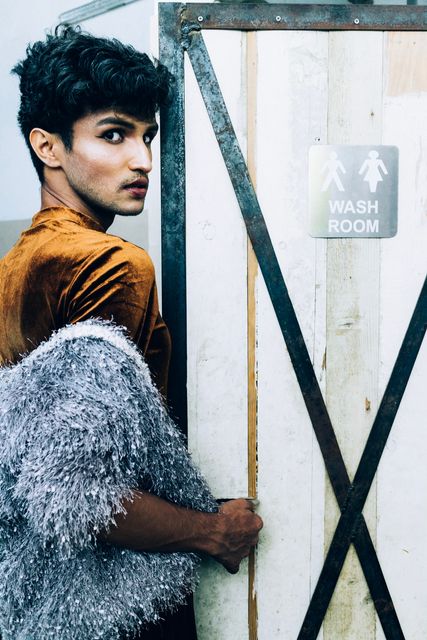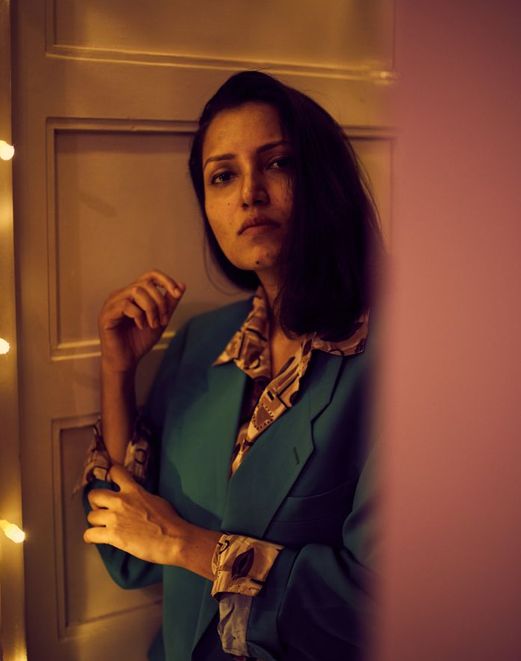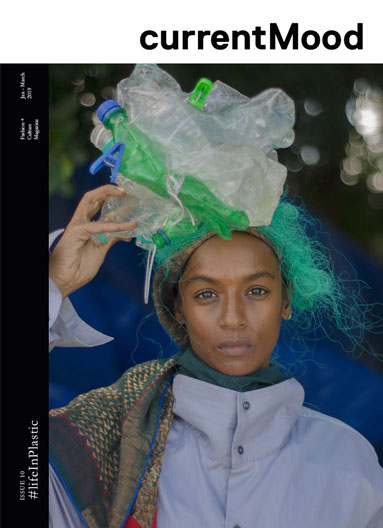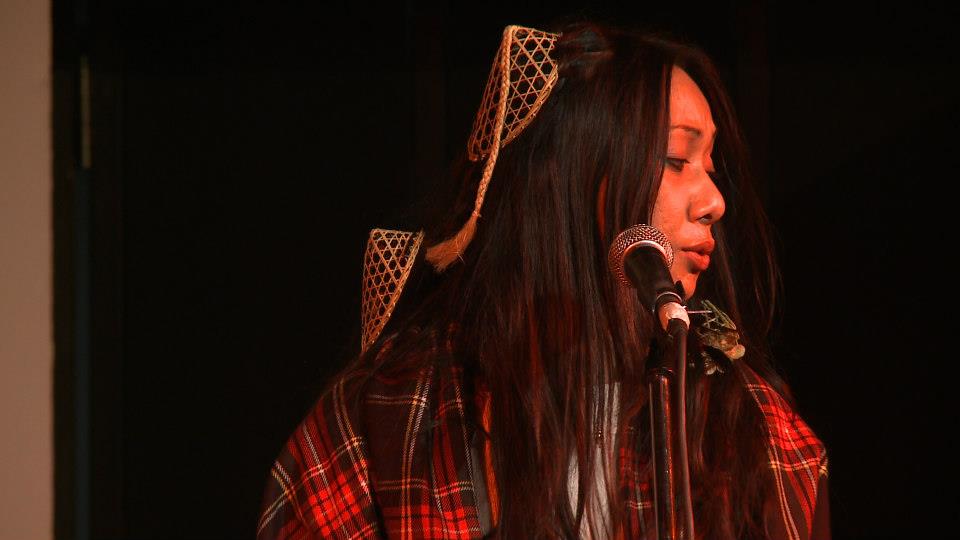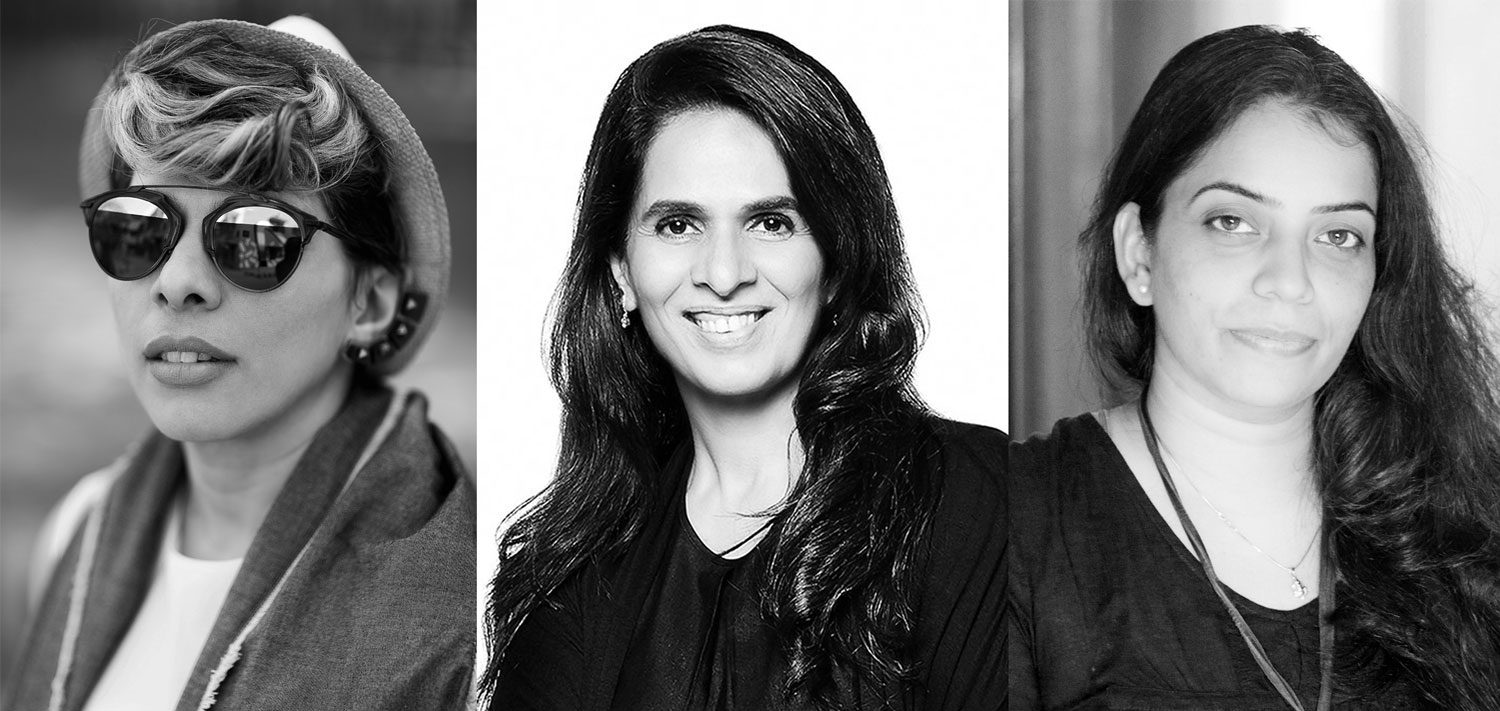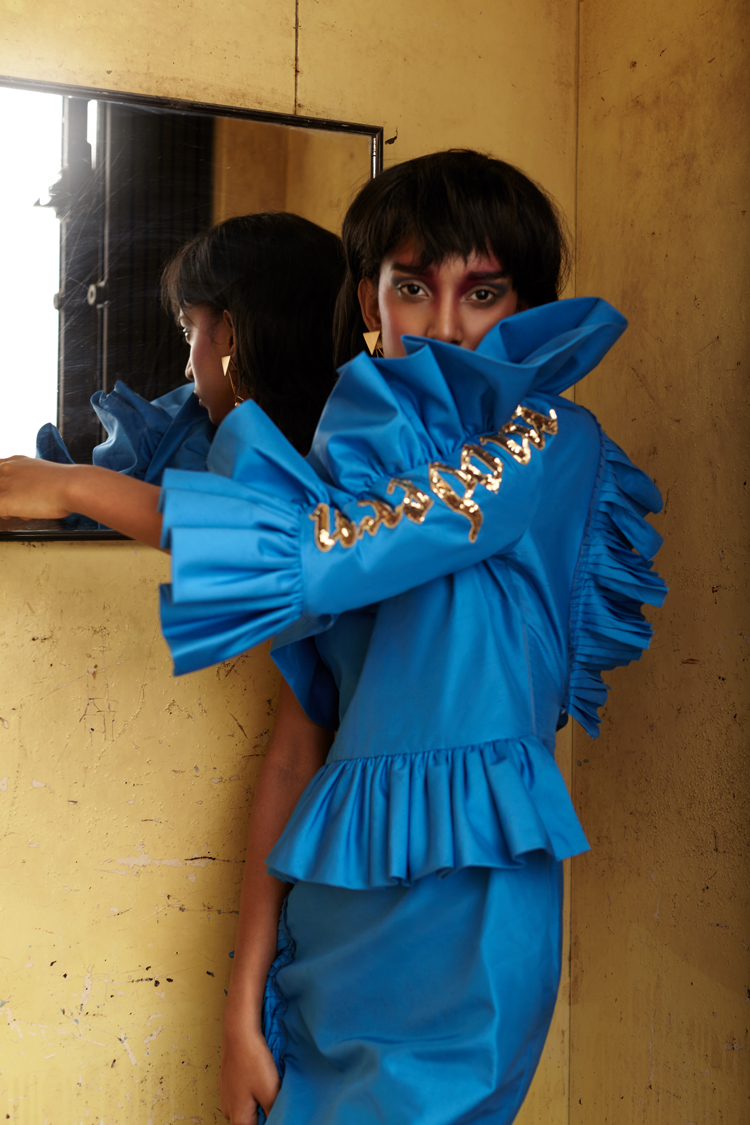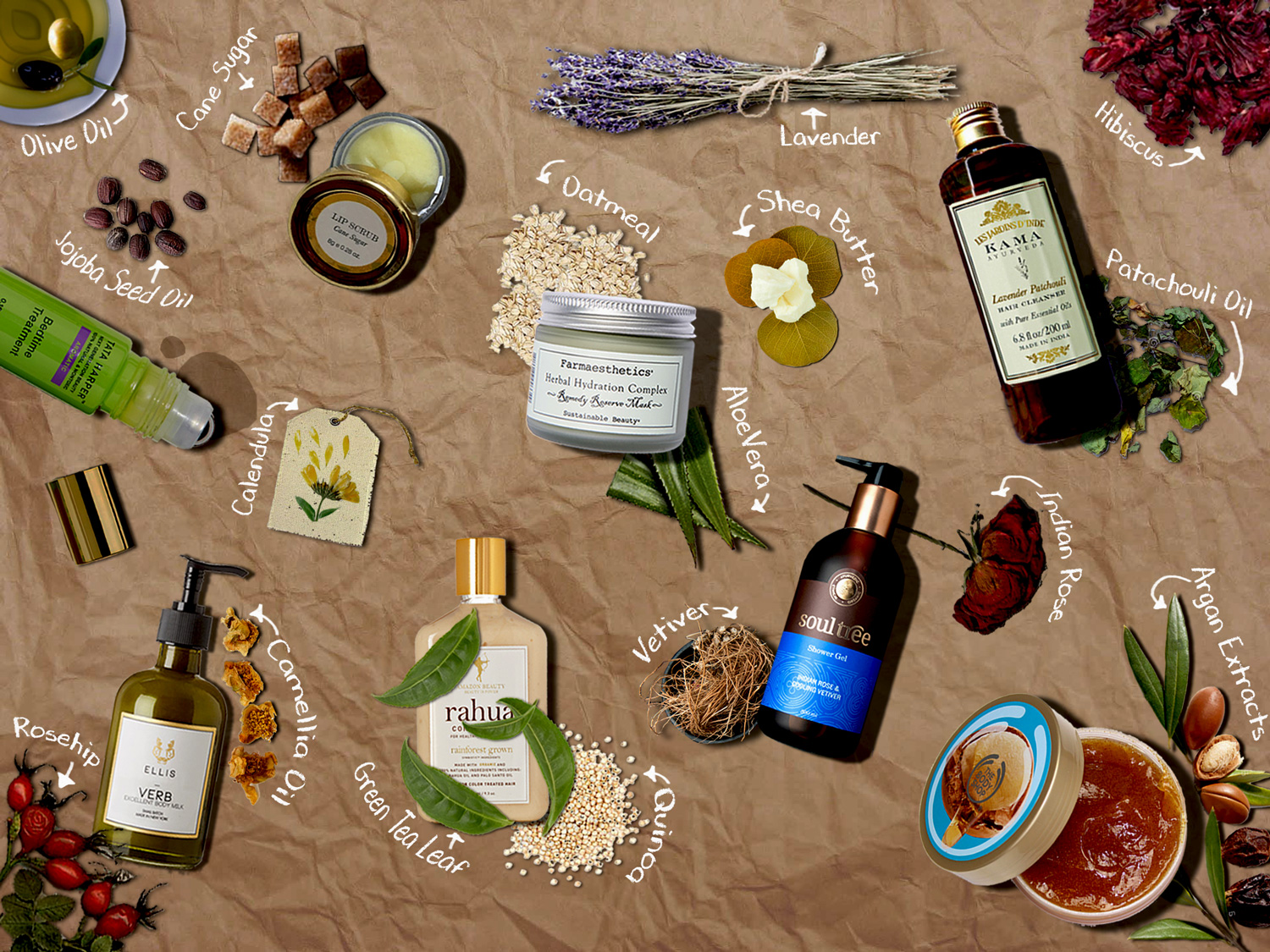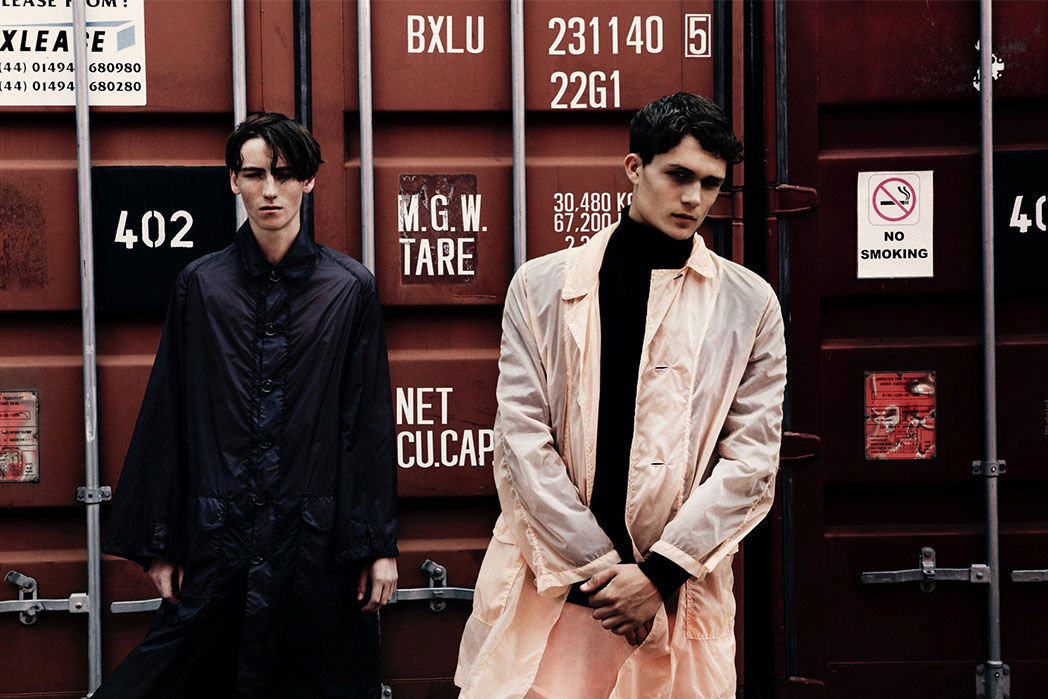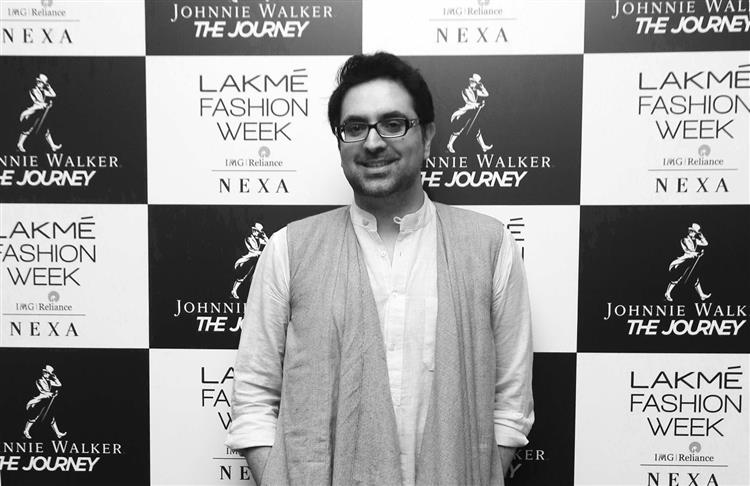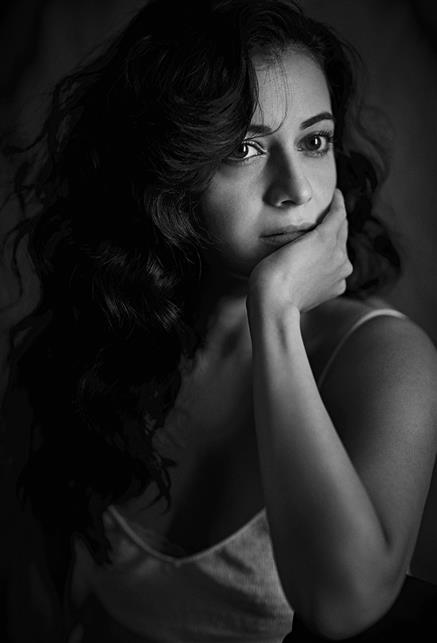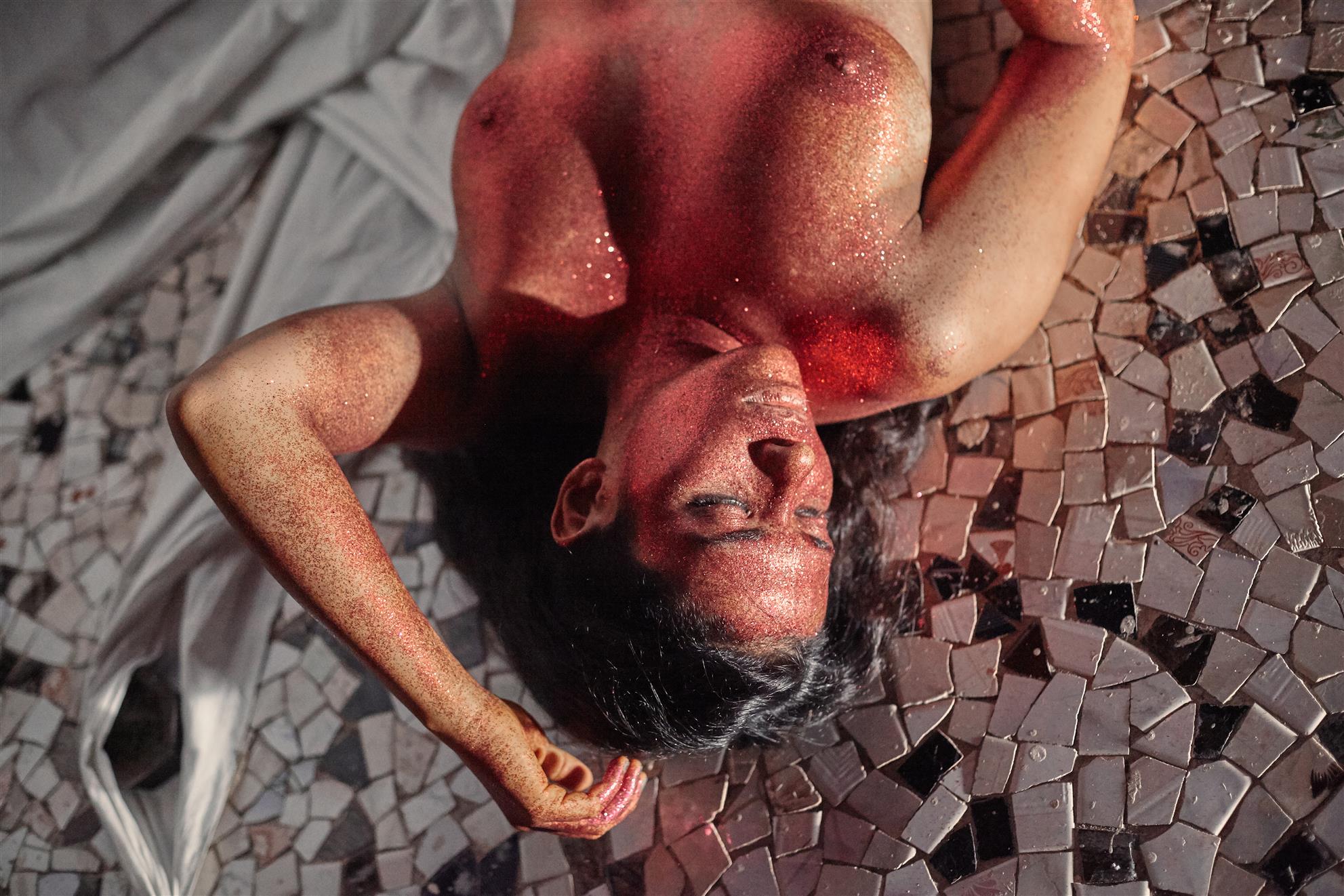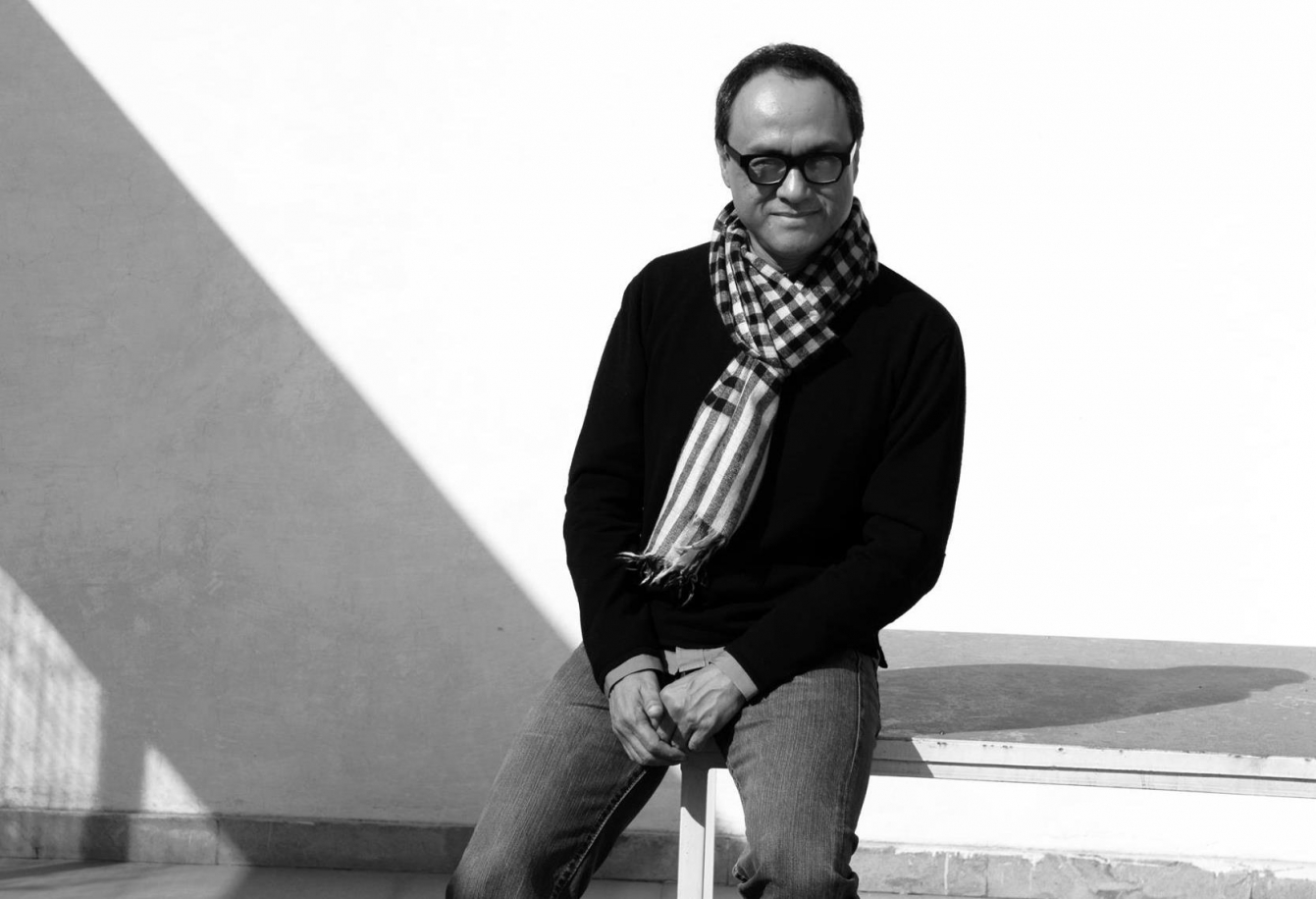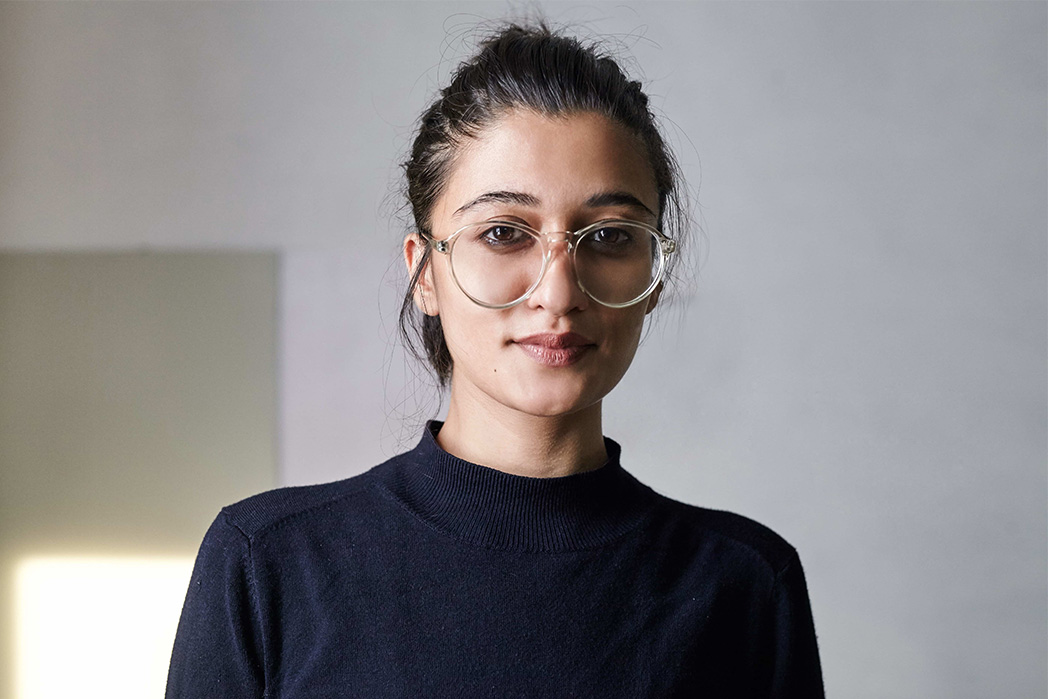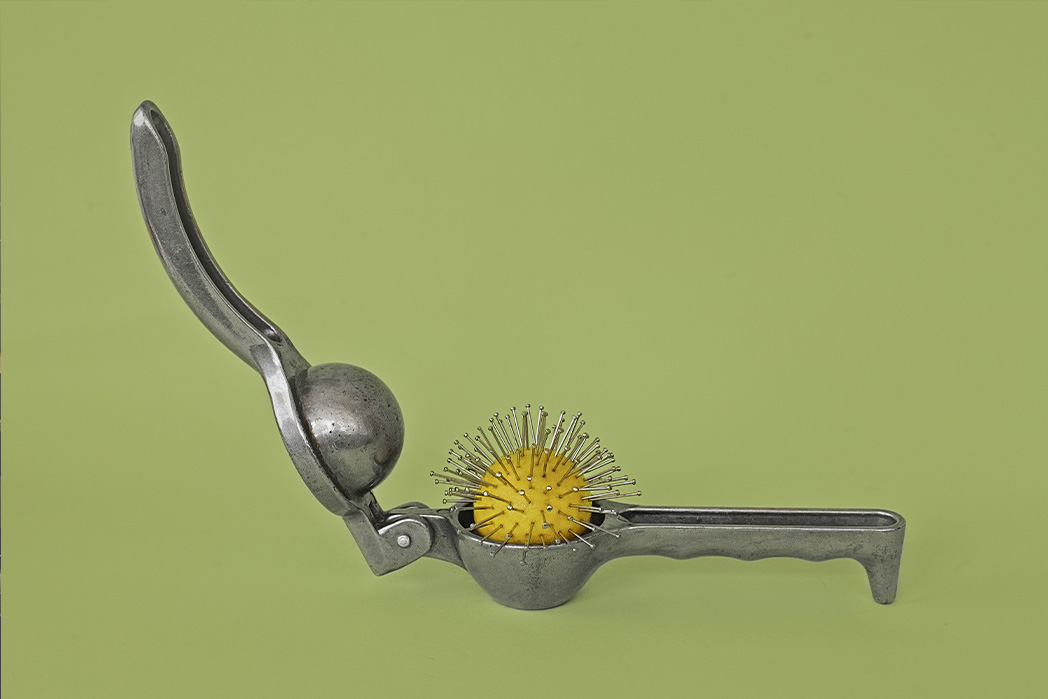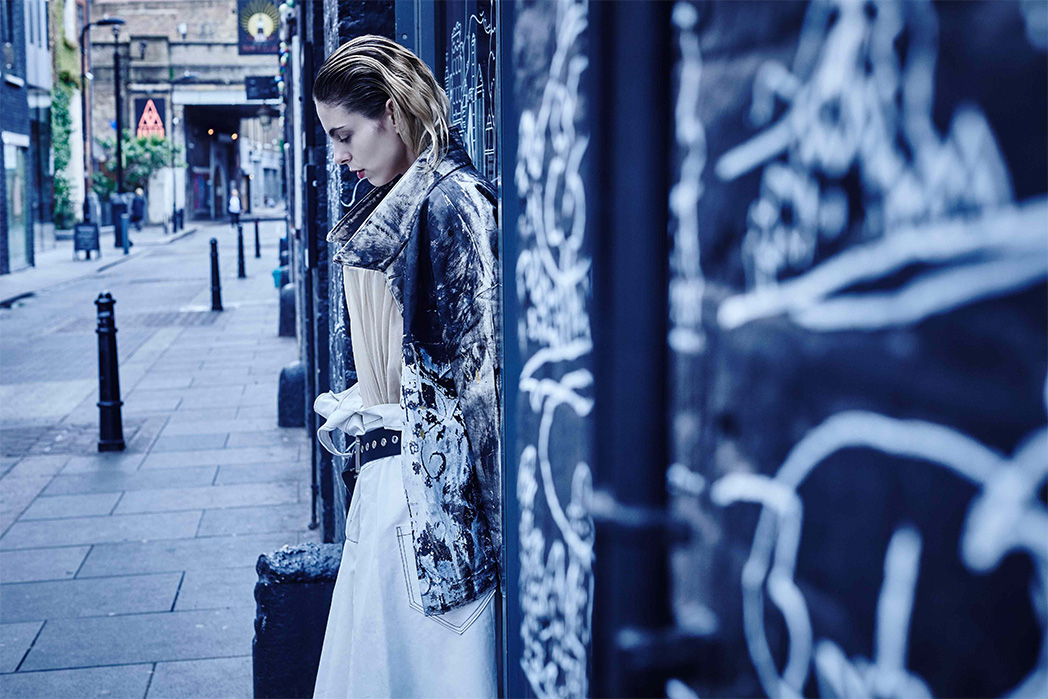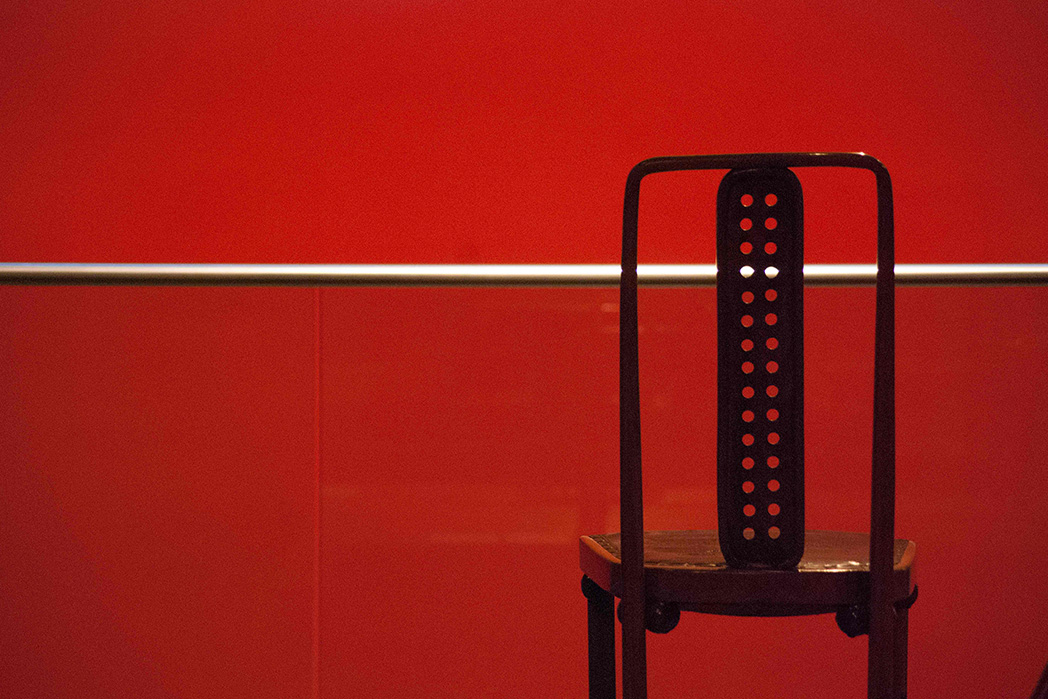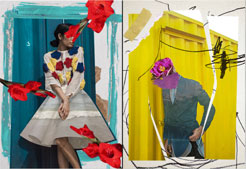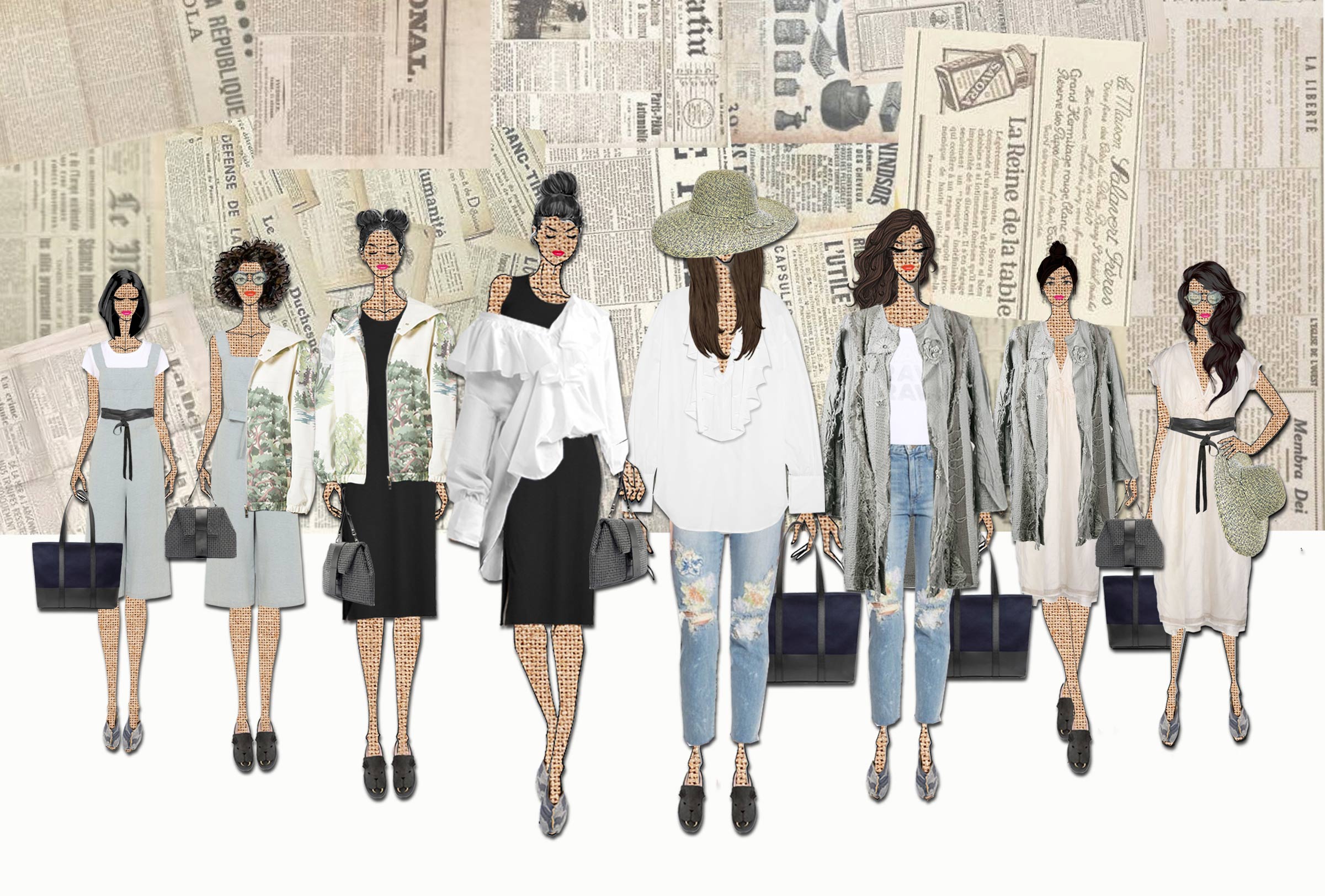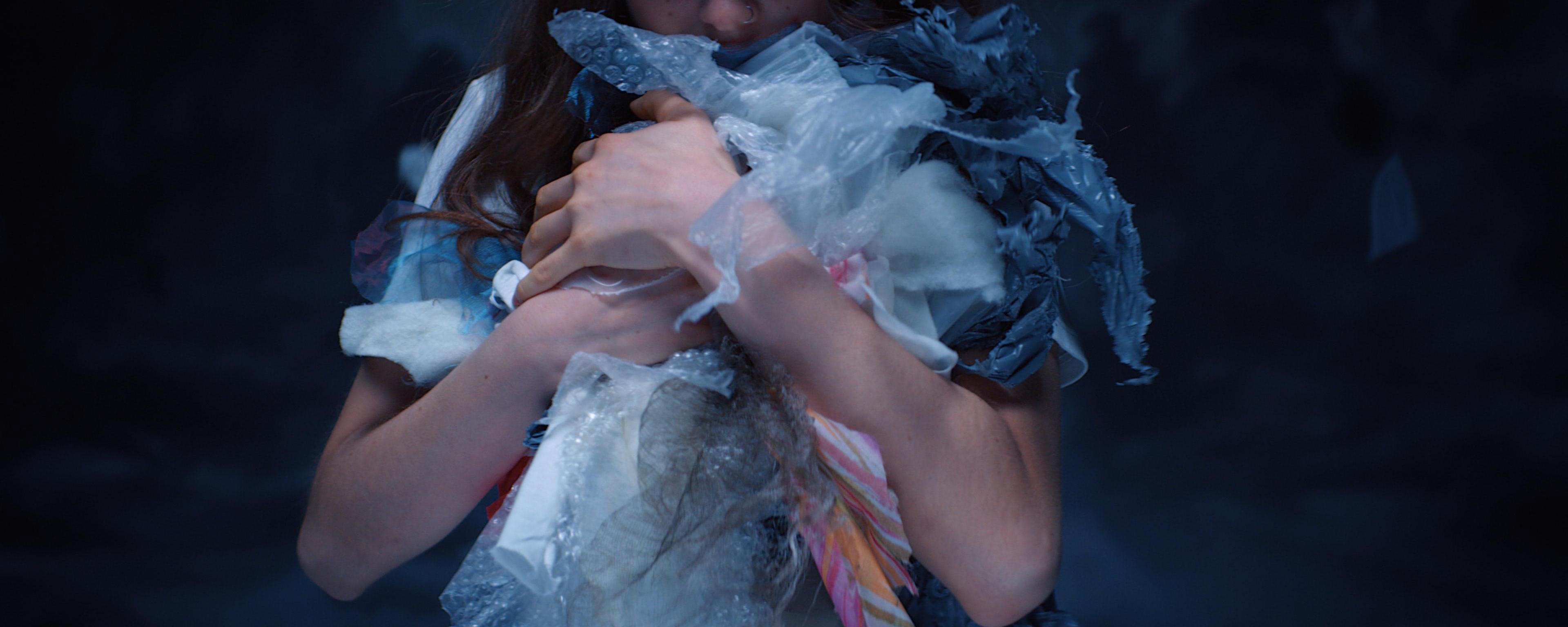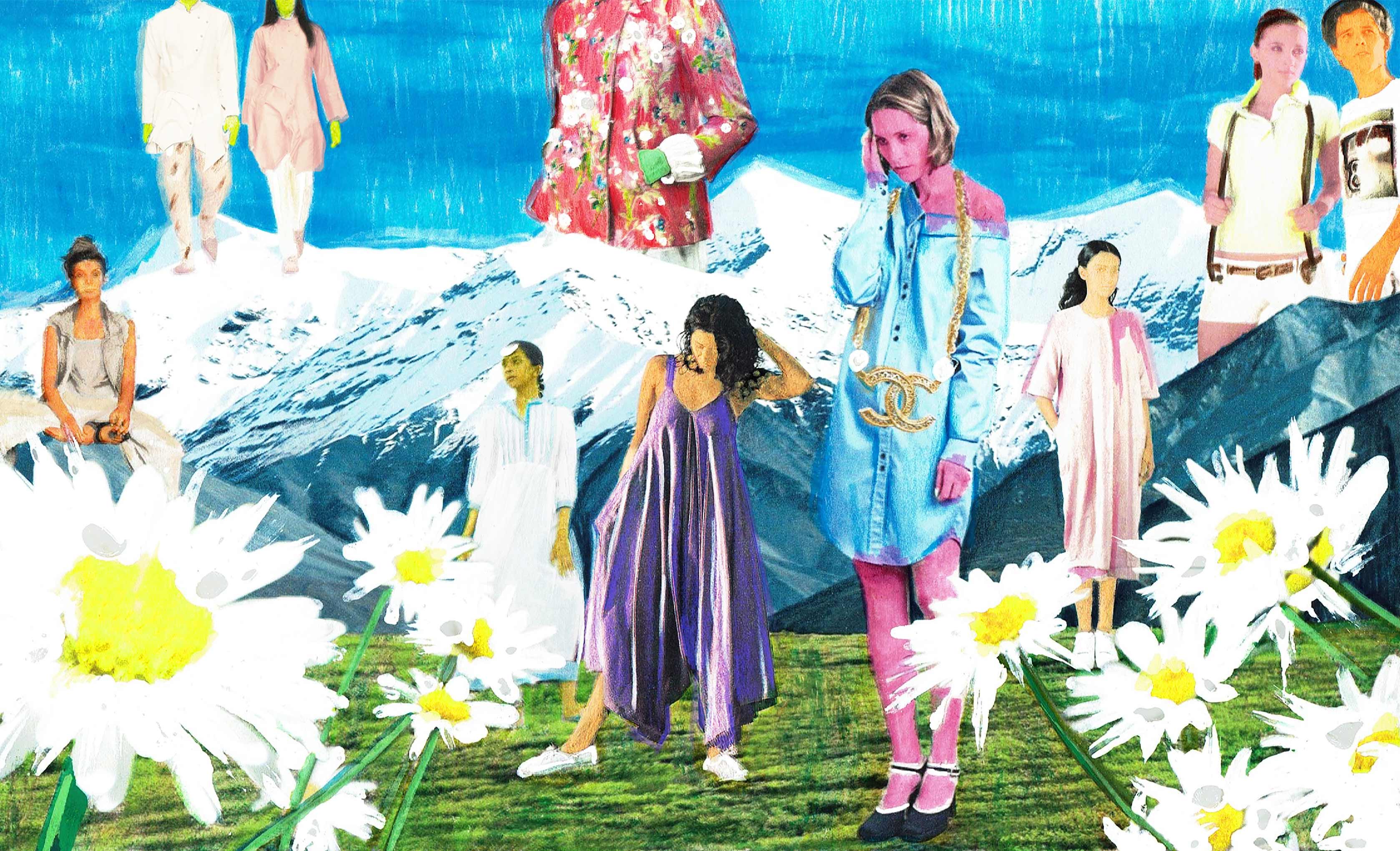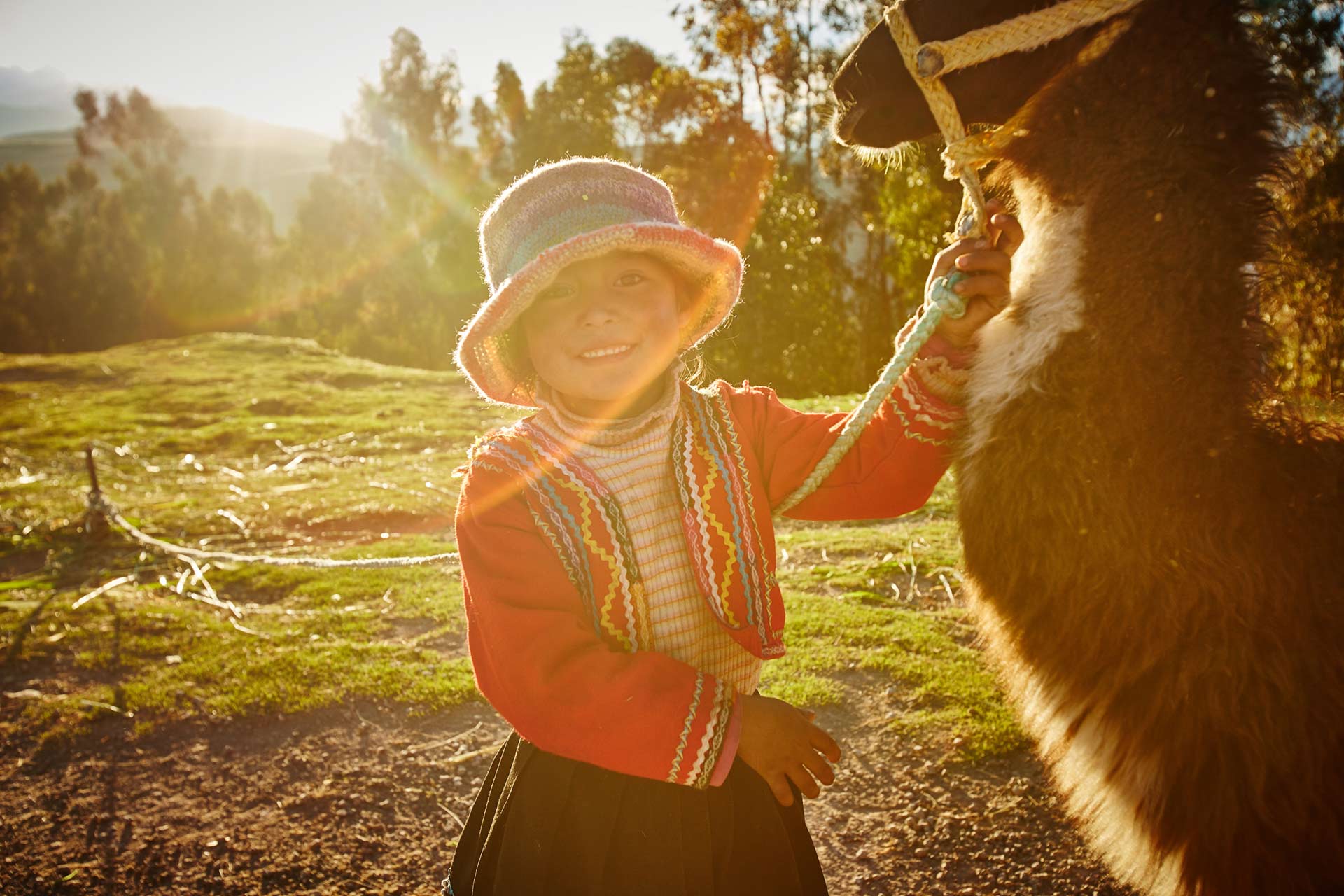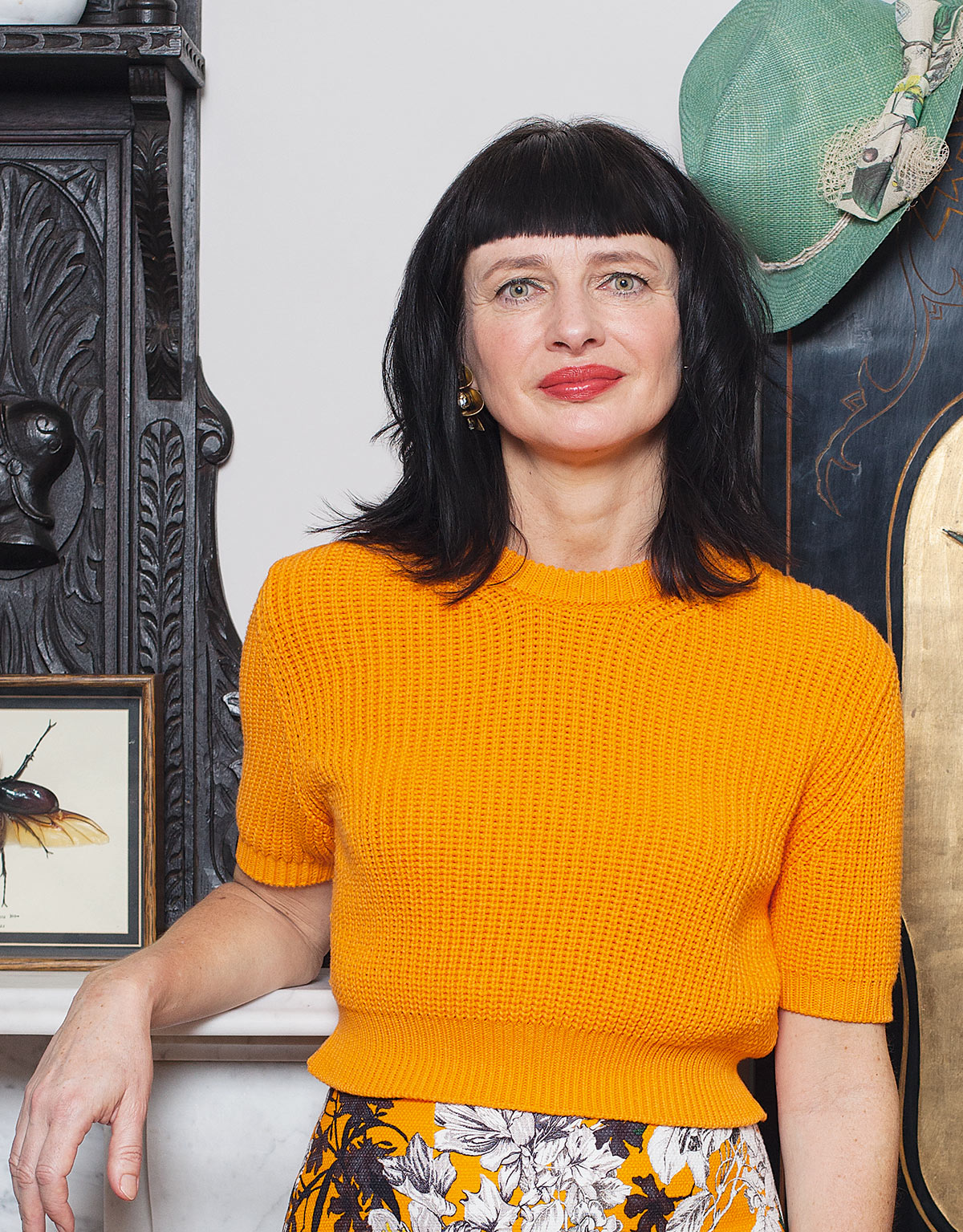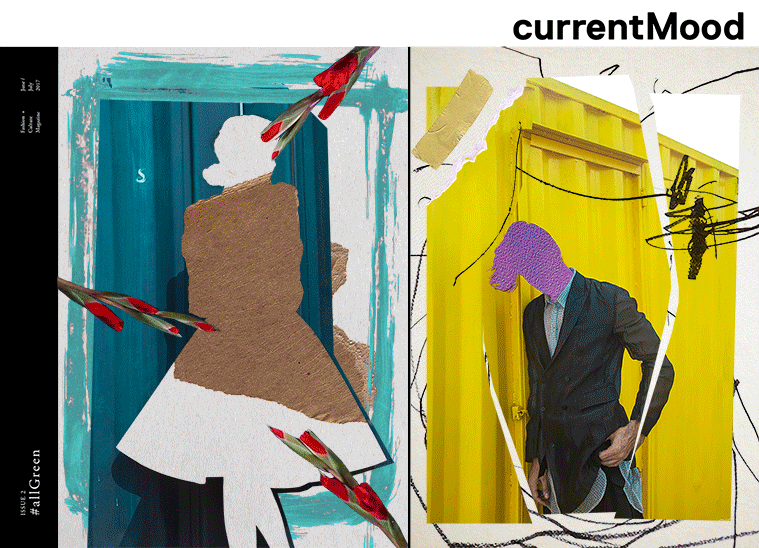Entrepreneur Megha Gupta on her attempt to uplift communities in Dharavi.
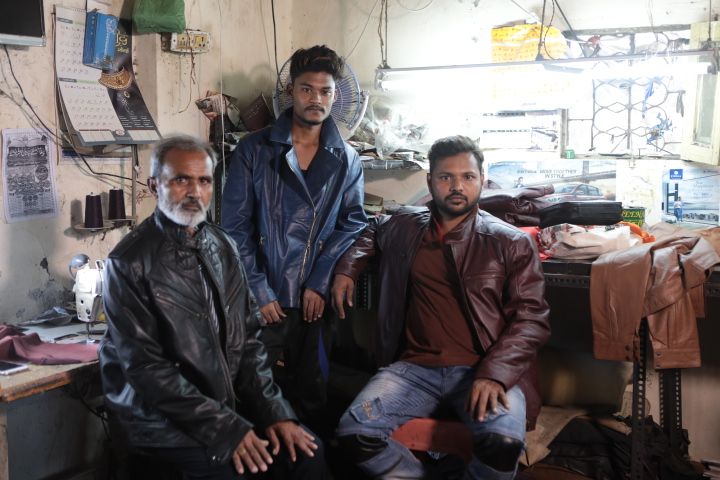
+ L to R: Jamaal, Vakil and Iftekhar make leather jackets that are retailed on dharavimarket.com
As a plane hits the runway in Mumbai, one’s view begins with buildings piercing the sky and ends with the landscape of Dharavi, one of the largest slums in Asia. The contrast might be ironic, but it’s also our country’s harsh reality. In an attempt to curb this difference, DharaviMarket.com was started by Megha Gupta over four years ago. The e-commerce website exposes the products made by the craftsmen of the slum to the online world, eliminating the middleman. “The idea is to generate more business for the craftsmen living in slums while also enhancing the quality of products. Giving them a better reach and not limiting it to Bombay or neighbouring states. We’re also trying to export their products”, said Megha, founder of Dharavi Market. A former journalist and urbanologist, she admitted that her previous roles have helped her interact with people at grass-root level.
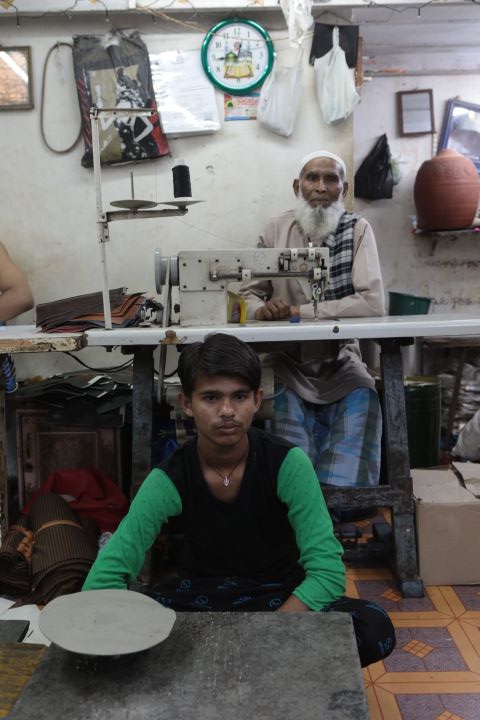
+ Mohammad Ilyas and Mohammad Tabrez at the bag workshop
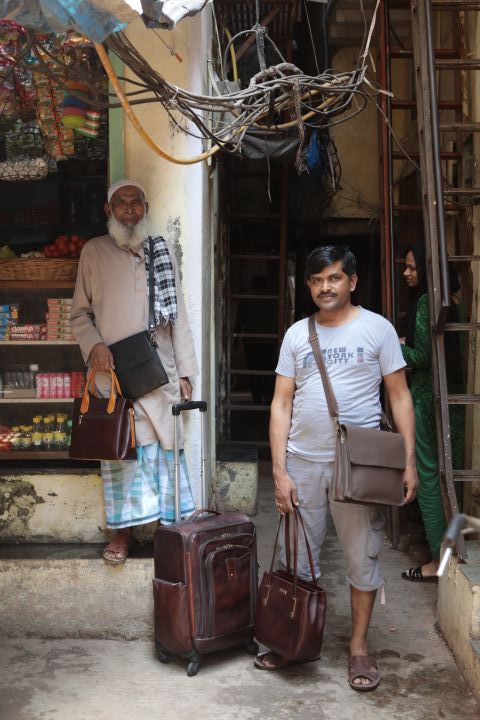
+ L to R: Mohammad Illyas with his son Gurfan
The website showcases everything from bags and accessories to shoes and jackets, all manufactured in and by the people of Dharavi. “It’s the largest in terms of manufacturing in a single area. There are thousands and thousands of craftsmen who make different kinds of products, unlike any other city, said Gupta. “We found our way through trial and error. Initially, we went door to door and convinced karigars to work with us. Now, we get a lot of referrals,” she said, talking about the recruitment process.
While the business is thriving and profitable now, it wasn’t always smooth sailing. “Funding was a huge issue. We did one thing at a time and took it very slowly. Keeping everyone together was not easy because I could give work only to a few craftsmen.” Gupta said as she spoke of the initial struggles in the business. However, even with the financial hurdles, the website has had supporters to assist them throughout the years. “The last four and a half years, have been very interesting. Strangers have reached out and helped me. Like somebody gave me a grant of 3 lakh rupees because they liked the concept. Since I wanted to hire the best, I went to a fashion schools and met designers. I never thought they’d be interested in collaborating, but they were!”
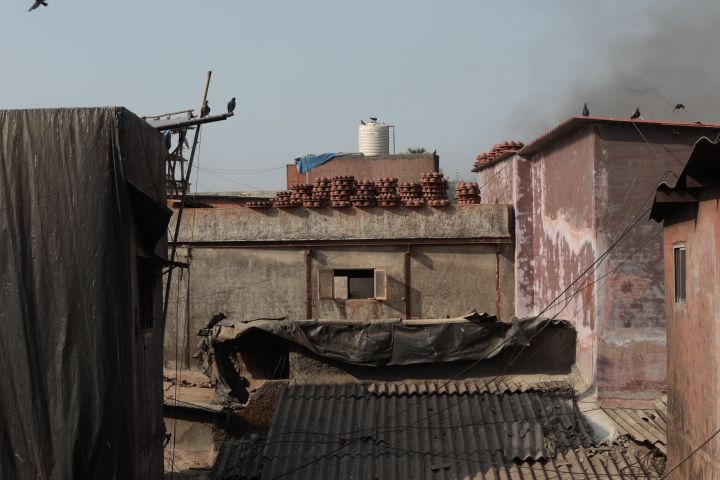
+ Dharavi
Apart from the website, Dharavi Market also has various social media handles. Their main Instagram handle, @dharavimarket, displays their latest products and create awareness about the website. While the commercial aspect is taken care of with that account, their second handle @dharavidictionary looks into the human aspect of their business, narrating stories of the people of Dharavi.
“I’m not doing it to sell products. I’m doing it to create more jobs in Dharavi and to improve their lifestyles.”
The pursuit of a more inclusive and welfare oriented society has led a transition in the industry from purely profit businesses to more social aware ones. Voicing her views on the trend, Gupta said,“It’s nice as long as they are genuinely interested and want to do it and not just because it’s fashionable. It is a difficult path. For example, people would often ask me why I don’t get my products from China or other parts of the country. But I’m not doing it to sell products. I’m doing it to create more jobs in Dharavi and to improve their lifestyles. I’m not interested in being the founder of a high-end brand. And there will be a lot of opportunities to sway in between. I just think you need to be honest about it and stay committed to your call. That’s when people will stay with you in the long run, you will be respected and feel more content about staying honest to what your mission is”.
The website is now underway with their newly registered NGO and has future plans of working with the craftsmen further. Speaking of the new endeavour, Gupta said, “We’re starting our NGO very soon. We’ve already registered it. In the future, of course we want to export more. So with the NGO, the idea is to get the karigars to create more export worthy products and maintain that export worthy quality. And participate in more trade fairs internationally so that you can get more exports and exposure.”
Words by: Sahana Iyer – @sahana_Iyer
Photographed by: Bhanu Pratap Singh – @asusualunusual

